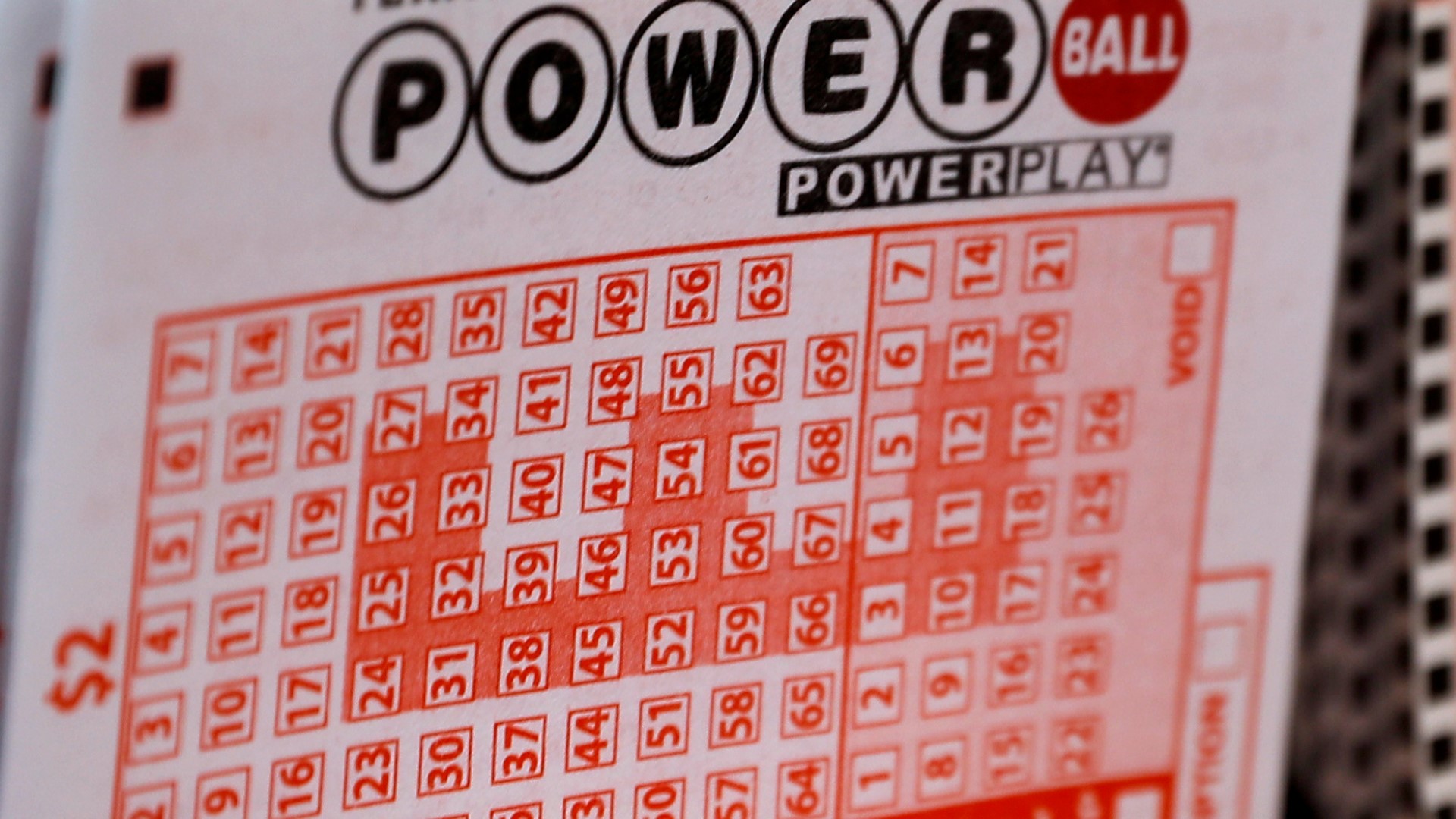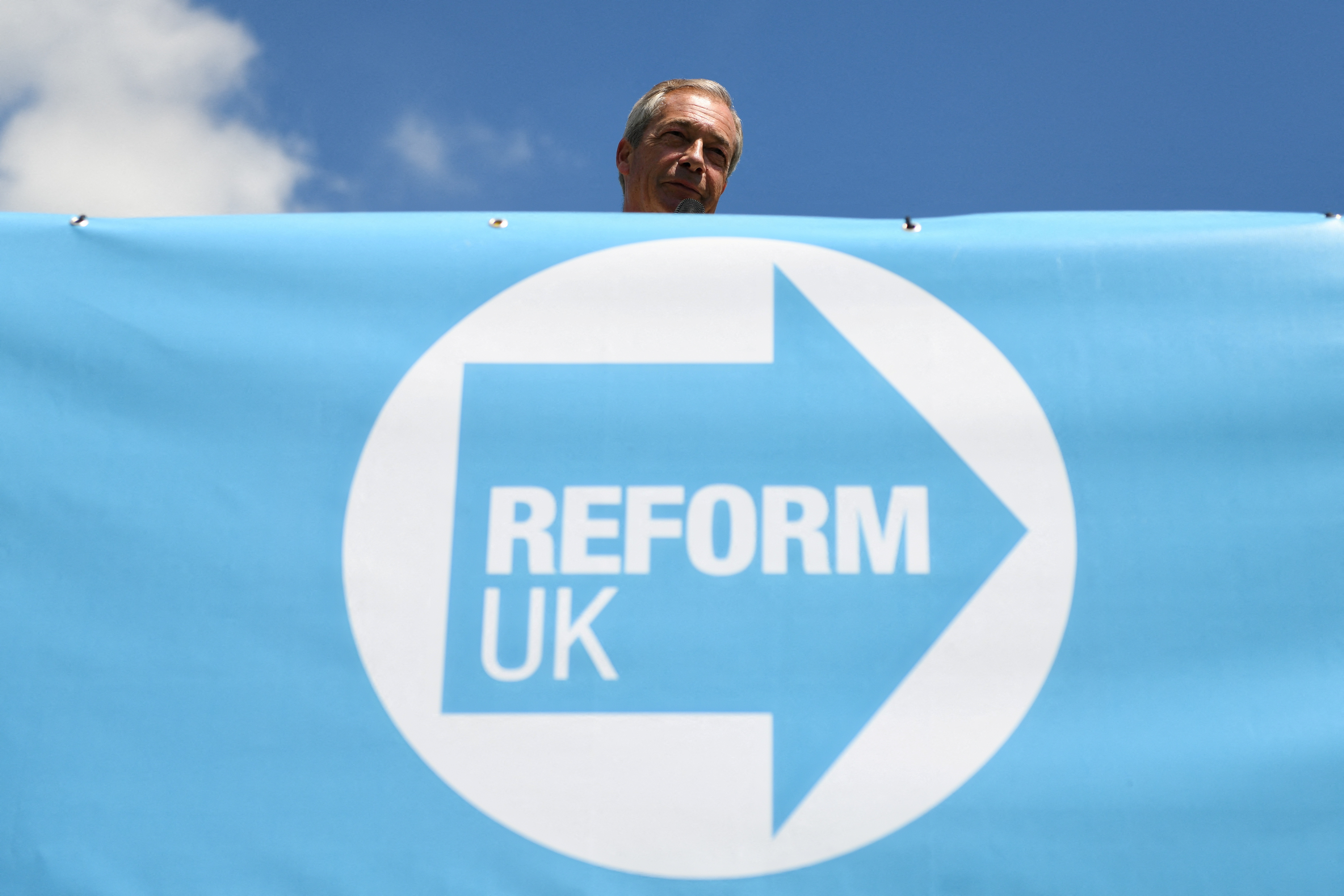Experiment: Lowering Dutch Electricity Prices During Solar Production Peaks

Table of Contents
The Netherlands faces a persistent challenge: high electricity prices. This significantly impacts households and businesses, hindering economic growth and impacting the quality of life. However, a unique opportunity exists to alleviate this burden. This article explores an innovative experiment focused on lowering Dutch electricity prices during periods of peak solar power production. By strategically managing energy distribution during times of abundant solar energy, we can potentially create a more affordable and sustainable energy future for the Netherlands. This experiment offers a beacon of hope in the ongoing struggle to balance energy affordability with environmental sustainability.
Understanding the Current Dutch Energy Market and its Challenges
The Dutch energy market, like many in Europe, relies heavily on imported energy sources, primarily natural gas. This dependence creates significant vulnerability to global price fluctuations, directly impacting Dutch electricity prices. Current pricing mechanisms often fail to reflect the dynamic nature of energy supply and demand, leaving consumers exposed to unpredictable price hikes. This volatility necessitates innovative solutions to stabilize costs and foster a more resilient energy system.
- High dependence on fossil fuels: The Netherlands' energy mix historically leans heavily on fossil fuels, making it susceptible to international market volatility.
- Fluctuating natural gas prices affecting electricity costs: Price swings in the natural gas market directly translate to fluctuations in electricity prices for Dutch consumers.
- Consumer vulnerability to price hikes: Unpredictable energy costs disproportionately impact vulnerable households and businesses.
- Need for renewable energy integration: Increased integration of renewable sources like solar power is crucial for greater energy independence and price stability.
The Experiment: Leveraging Solar Power Peaks for Price Reduction
This innovative experiment aims to directly address high Dutch electricity prices by actively managing energy consumption during periods of peak solar power production. The experiment utilizes a sophisticated combination of smart grid technologies and dynamic pricing models to incentivize energy consumption when solar energy is most abundant. This approach represents a paradigm shift from passive energy distribution to active demand-side management.
- Smart grid technology implementation: The experiment relies on advanced smart grid infrastructure to monitor solar power production in real-time and optimize energy distribution.
- Dynamic pricing models based on solar output: Electricity prices are adjusted based on the real-time availability of solar energy, making it more affordable to consume energy during peak solar hours.
- Incentives for consumers to shift energy usage: Consumers are incentivized to shift their energy-intensive activities to times of peak solar production.
- Real-time data analysis and optimization: Sophisticated data analytics tools continuously monitor and optimize energy distribution based on real-time conditions.
Incentivizing Consumers: Demand-Side Management Strategies
A key component of the experiment is to effectively incentivize consumers to shift their energy usage to times of peak solar power production. This requires a multi-faceted approach combining financial incentives and educational outreach.
- Time-of-use pricing: Consumers are offered lower electricity rates during peak solar hours, encouraging them to use more energy at these times.
- Smart meter integration: Smart meters provide real-time feedback on energy consumption, allowing consumers to better manage their usage and take advantage of dynamic pricing.
- Educational campaigns on energy consumption: Public awareness campaigns educate consumers about the benefits of shifting energy usage and provide tips for efficient energy management.
- App-based energy management tools: User-friendly apps provide consumers with tools to monitor their energy consumption, schedule appliances, and optimize their energy usage based on real-time pricing.
Preliminary Results and Potential Impacts
Early results from the experiment are promising, indicating a noticeable reduction in Dutch electricity prices during peak solar hours. This success demonstrates the potential of this approach to create a more affordable energy system. Furthermore, increased solar energy utilization contributes significantly to environmental sustainability.
- Percentage reduction in electricity prices during peak solar production: Preliminary data show a significant percentage reduction in electricity prices during periods of peak solar energy generation. (Specific percentage to be added upon data release)
- Increased solar energy integration into the grid: The experiment facilitates smoother integration of solar power into the national grid.
- Lower carbon emissions: By shifting energy consumption to renewable sources, the experiment contributes to reducing carbon emissions and mitigating climate change.
- Potential for scalability and nationwide implementation: The success of the pilot project suggests that this approach could be scaled up for nationwide implementation.
Future Outlook and Scalability of the Experiment
Scaling this experiment nationwide requires addressing several challenges, including policy adjustments, infrastructure investments, and public awareness campaigns. However, the potential benefits, both economically and environmentally, warrant significant investment and effort. The success of this experiment could serve as a model for other European nations facing similar energy challenges.
- Policy implications and regulatory frameworks: Appropriate regulatory frameworks are necessary to facilitate the widespread adoption of dynamic pricing models and incentivize consumer participation.
- Infrastructure investment needs: Significant investments in smart grid infrastructure are necessary to support real-time monitoring and optimized energy distribution.
- Public awareness and acceptance: Public education campaigns are crucial to build understanding and acceptance of dynamic pricing models and the benefits of shifting energy consumption.
- Potential for international collaboration: Sharing knowledge and best practices with other European nations can accelerate the adoption of similar initiatives across the continent.
Conclusion
This experiment demonstrates the potential for significantly lowering Dutch electricity prices by leveraging the abundant solar energy produced during peak hours. The strategic use of smart grid technologies, dynamic pricing, and consumer incentives offers a pathway towards a more affordable and sustainable energy future for the Netherlands. The preliminary success underscores the importance of continued investment and innovation in this sector.
Call to Action: Learn more about the ongoing experiment and how you can contribute to reducing Dutch electricity prices through efficient energy consumption and the adoption of renewable energy solutions. Let's work together to harness the power of the sun and create a brighter, more affordable future for all!

Featured Posts
-
 Daily Lotto Thursday 17th April 2025 Winning Numbers
May 03, 2025
Daily Lotto Thursday 17th April 2025 Winning Numbers
May 03, 2025 -
 Recent Conflict In Reform Uk A Detailed Look
May 03, 2025
Recent Conflict In Reform Uk A Detailed Look
May 03, 2025 -
 Dutch Government Considers Reviving Ow Subsidies To Attract Bidders
May 03, 2025
Dutch Government Considers Reviving Ow Subsidies To Attract Bidders
May 03, 2025 -
 Katapolemontas Tin Poleodomiki Diafthora Bimata Gia Tin Epanidrysi Enos Dikaioy Kratoys
May 03, 2025
Katapolemontas Tin Poleodomiki Diafthora Bimata Gia Tin Epanidrysi Enos Dikaioy Kratoys
May 03, 2025 -
 Australian Officials Address Growing Presence Of Chinese Ships Near Sydney Harbour
May 03, 2025
Australian Officials Address Growing Presence Of Chinese Ships Near Sydney Harbour
May 03, 2025
